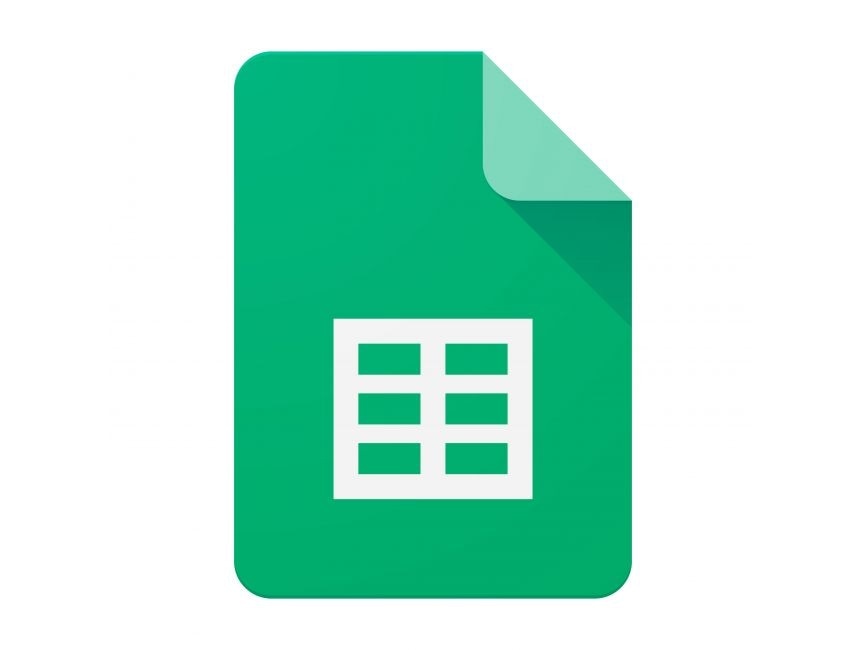by Lazy Sloth
Timezone Explorer
import pytz
from datetime import datetime
def get_current_time(timezone):
tz = pytz.timezone(timezone)
return datetime.now(tz)
def main():
user_input = input("What timezone do you want to check? Please see https://en.wikipedia.org/wiki/List_of_tz_database_time_zones for format: ")
current_time = get_current_time(user_input)
print(f"Current date and time in {user_input}: {current_time}")
if __name__ == "__main__":
main()Frequently Asked Questions
How can businesses benefit from using the Timezone Explorer app?
The Timezone Explorer app can be valuable for businesses operating across multiple time zones. It helps teams coordinate meetings, schedule calls, and manage deadlines more effectively. By quickly providing accurate local times, it reduces confusion and improves communication between global offices or remote teams.
Can the Timezone Explorer be integrated into existing business applications?
Yes, the Timezone Explorer can be easily integrated into various business applications. For example, it could be incorporated into scheduling software, project management tools, or customer service platforms. This integration would allow these applications to automatically display relevant local times, enhancing their functionality and user experience.
How can the Timezone Explorer app be customized for specific business needs?
The Timezone Explorer app can be customized in several ways to meet specific business requirements. For instance, you could add a feature to save frequently used timezones, implement a graphical interface, or expand it to calculate time differences between multiple zones. The core functionality can be adapted to suit various business contexts, from international trade to global event planning.
How can I modify the Timezone Explorer to display times for multiple timezones simultaneously?
You can modify the Timezone Explorer to display times for multiple timezones by creating a list of timezones and iterating through them. Here's an example of how you could do this:
```python def display_multiple_timezones(timezones): for tz in timezones: current_time = get_current_time(tz) print(f"Current date and time in {tz}: {current_time}")
def main(): timezones = ["America/New_York", "Europe/London", "Asia/Tokyo"] display_multiple_timezones(timezones)
if name == "main": main() ```
This modification allows the Timezone Explorer to show times for predefined timezones without user input.
Can the Timezone Explorer be extended to include date conversion functionality?
Absolutely! You can extend the Timezone Explorer to include date conversion functionality. Here's an example of how you could add a function to convert dates between timezones:
```python from datetime import datetime import pytz
def convert_date(date_str, from_tz, to_tz): from_zone = pytz.timezone(from_tz) to_zone = pytz.timezone(to_tz)
date = datetime.strptime(date_str, "%Y-%m-%d %H:%M:%S")
date = from_zone.localize(date)
converted_date = date.astimezone(to_zone)
return converted_date
# Usage example original_date = "2023-05-15 10:00:00" from_timezone = "America/New_York" to_timezone = "Asia/Tokyo" converted = convert_date(original_date, from_timezone, to_timezone) print(f"Converted date and time: {converted}") ```
This extension allows the Timezone Explorer to not only display current times but also convert specific dates and times between different timezones, further enhancing its utility for businesses dealing with international scheduling.
Created: | Last Updated:
Introduction to the Timezone Explorer Template
Welcome to the Timezone Explorer template! This template is designed to help you create an app that allows users to input a timezone and receive the current date and time for that specific timezone. It's a simple yet powerful tool for anyone needing to check the time in different parts of the world. To get started, simply click "Start with this Template" on the Lazy platform.
External Integrations
Before diving into the step-by-step process, it's important to note that this template does not require any external integrations or environment secrets to function. The template uses the pytz library to handle timezones, which is already included in the Lazy platform, so you won't need to worry about setting up any additional libraries or environment variables.
If you need to reference the list of valid timezone formats, you can visit the provided link: List of tz database time zones. This will help you understand the correct format for inputting timezones into the app.
Using the Test Button
Once you have started with the template, the next step is to use the Test button. This will begin the deployment of your app and launch the Lazy CLI. Here's how you can proceed:
- Click the Test button on the Lazy platform.
- The Lazy CLI will prompt you for the required user input.
- When prompted, enter the timezone you want to check. Make sure to use the correct format as per the tz database time zones list.
- After entering the timezone, the app will display the current date and time for the specified timezone.
It's that simple! The Lazy platform handles all the deployment details, so you can focus on using the app without worrying about the technical setup.
Conclusion
With the Timezone Explorer template, you can easily create an app that provides users with the current time in any timezone. There's no need for complex setup or external integrations. Just click "Start with this Template," use the Test button, and input the desired timezone when prompted. Enjoy exploring time across the globe with your new Timezone Explorer app!
Template Benefits
-
Global Business Operations: Enables companies with international offices or remote teams to easily coordinate schedules and deadlines across different time zones, improving collaboration and productivity.
-
Customer Service Enhancement: Allows customer support teams to quickly determine the local time for customers in different regions, facilitating better communication and scheduling of follow-ups or callbacks.
-
Travel Industry Application: Useful for travel agencies, airlines, and hospitality businesses to provide accurate local time information to travelers, enhancing trip planning and reducing confusion.
-
E-commerce Optimization: Helps online retailers accurately display local times for product launches, sales events, or delivery estimates, improving customer experience and potentially increasing conversions.
-
Financial Market Monitoring: Assists traders and financial analysts in tracking market opening and closing times across global stock exchanges, enabling more informed decision-making in real-time trading scenarios.




